
Tastitalia
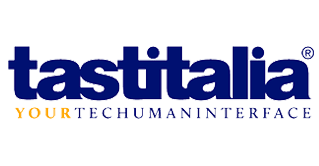
Challenge
The exigency to detect data from production processes in a punctual way, to implement an efficient production control in the company and to evolve the production system, from an Industry 4.0 perspective, into a market with very special machines.
Tastitalia needed to find a technological solution to control production costs and the quality level of processes in an extremely precise way.
To an efficient production control and to an accurate data collection, made automatically by the machines.
If every Tastitalia product has to satisfy the customer’s requests, this must be done by guaranteeing margins to the company. That’s why Tastitalia decided to raise its standards and make its production even more competitive and to start a digital transformation process by entering the Industry 4.0 dimension.

Collecting data from the machines and be able to understand them is power.
Thanks to Alleantia all our machines have been interconnected and we were able to create a system in which you get deep knowledge of those data and only this knowledge can keep a company growing and competitive today.
Massimo Ottaviani – CEO Tastitalia s.r.l.

Thanks to the Alleantia technology adopted by Bravo Manufacturing, in a few days we managed to connect many machines to write, read and collect the production data directly from them with a complete industrial IoT architecture.
Lorenzo Giuliani – Quality manager, Tastitalia Srl
The Project
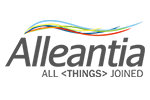
Alleantia, innovative italian company, established itself for its I4.0 “Plug&Play” solutions.
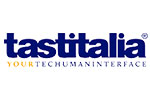
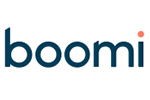
Boomi, Integration platform for connecting cloud and on-premise applications and enabling data.
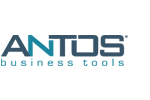
Antos, management software development, MES and business organization solutions.
Thanks to the contribution of these partners it was possible to implement the Industry 4.0 project with the interconnection of the BRAVO Mes Antos company system with the production machines of which four of them are natively non-digital and never interconnected to a management with this innovative mode.
This has made possible the automated acquisition of a lot of information, improving data acquisition and analysis times and avoiding all the gaps and inaccuracies of manual entry, allowing to obtained objective data.
Benefits
Production monitoring in real time
Digitalization of the production process
Control of production progress in real time
Integration with the company management without coding
Automatic data collection directly from the field
Higher productive quality and reliability
More competitiveness of product and service
More efficiency and reduction of waste
Predictive maintenance of plants
More horizontal integration
Better interaction with the machines
Ask for more information
